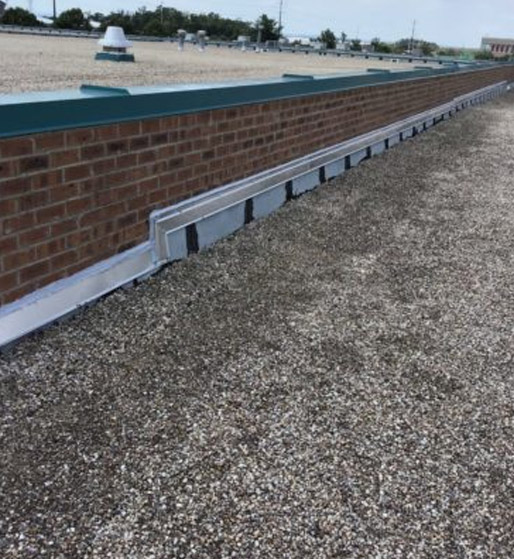"They always do quality work and their guys are always skilled."
Cushman & Wakefield

You could say BUR Roofing Systems invented the game. Having been implemented for over 100 years, this is the most battle-tested system here or anywhere. Predominantly known for its redundancy — meaning its 4+ plies offer multiple layers of protection — and its brag-worthy high-puncture resistance and long-term weather and waterproofing, there’s no system more proven or reliable. There are a variety of different types, including smooth asphalt, ballasted, and cold built-up, each with its own applications, settings, and construction compatibilities.
Built Up Roofing, or BUR for short, has been around for over a century and is considered by many as the original roofing system. BUR roofs have long been a tried and true system in the industry for many years and will continue to stand the test of time for many years to come.
Contact usSo what exactly is BUR roofing? In the most literal way, it is a roofing system that is installed right on top of the structure of the building and “built-up” using many layers of roofing. A BUR roof relies on its redundancy to stay strong and sturdy. Other roofing systems like EPDM and TPO rely on a single-ply membrane which means they are made up of only one roofing material layer.
BUR roofing systems have a lot of advantages over other commercial roof types. The largest benefit for a BUR roofing system being its extended lifespan. A well maintained BUR roof can last up to 40 years if taken care of properly, in comparison, most other commonly used roofing systems last around 20 years.
Another advantage of BUR roofs is the minimal amount of maintenance required on the roof. Due to the redundancy of the roofing layers, BUR roofing systems are much less likely to run into a leak due to a puncture than other roofs. Speaking of running, BUR roofs are one of the best at maintaining traction, so if your roof is prone to a lot of foot traffic, BUR will be one of your best choices for walking on.
BUR systems are some of the toughest roofing systems out there thanks in large part to its multiple layer design. With this in mind, if you take care of your BUR roof with regular inspections and maintenance, your roof’s lifespan will be much greater than other single-ply systems. This longer lifespan comes at a price though, increased material and labor costs and a more invasive installation.
BUR roofs do typically cost more than other major roofing types due to a few reasons. One of which is the fact that BUR installations have the need for special equipment, which increases the project cost. While BUR material looks like a cheaper option than other roofing materials at $40 for 300 sq ft, keep in mind that BUR systems require 5 layers of that material, thus resulting in the overall cost of the project being higher than other choices.
As far as installation options go, choices for your BUR roof are pretty simple. Other roofing systems have many different options such as hot asphalt, self adhering and cold application based on certain factors like building type and budget. As far as BUR roofs are concerned, over 99% of all installations we perform are done using hot asphalt due to the low number of manufacturers offering other installation options.
Not indifferent to other roofing systems, damages to your BUR roof are not something to mess around with, they should be taken care of as soon as you can so that you don’t incur further damage. BUR systems typically require a more involved repair job, which leads to a more expensive project most of the time. But don’t let this keep you from calling as soon as you notice something wrong with your roof, as the repair cost will only increase the longer you wait.
All in all, a BUR roofing system may result in a more expensive upfront cost, but with the longevity these roofs have, your overall cost will be much lower than other roofing systems. Simpson has worked on countless BUR projects throughout the Virginia, DC and Maryland area, so you know you can count on us.
To learn some more about BUR roofs and if it is the right option for you, check out our blog post to find out all you need to know about these roofs!